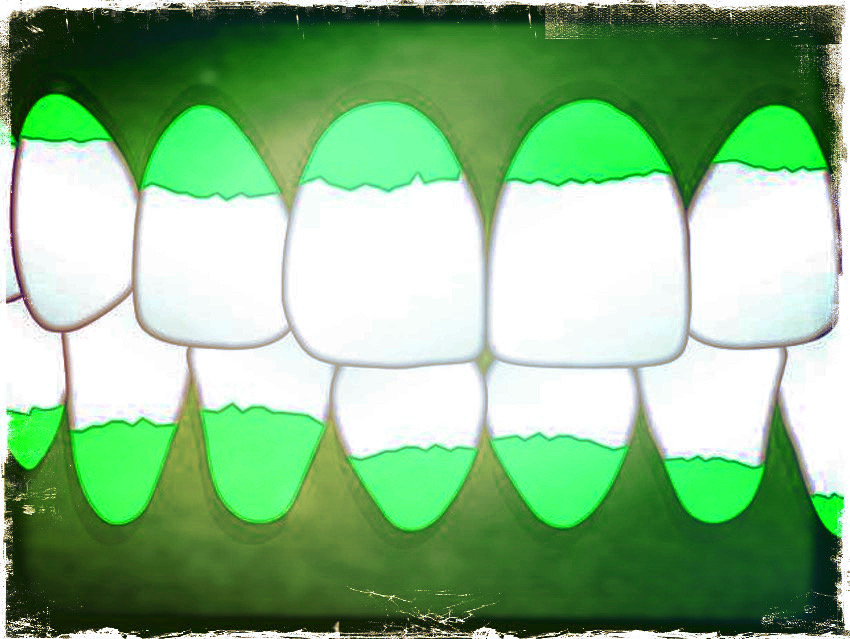Tartar, a form of hardened dental plaque, is a mineralized biofilm produced by microorganisms. It conserves food components and substances from the air, such as pollen, as well as bacteria. In 2014, researchers were able to get genome data from tartar. Using shotgun sequencing, they divided the DNA strands into segments of about 1,000 base pairs and read out the base sequences. Using computer algorithms, they overlapped these sequences and compared the genome data obtained with those of databases. The researchers identified 40 pathogens and reconstructed the genome of periodontal bacteria. They found immunoproteins and, for the first time, antibiotic resistance genes in human antique samples. Resistances, therefore, existed centuries before the first therapeutic antibiotics were used.
The analysis of tartar is used to get historical information about food. In Iraqi and Belgian tartar samples from Neanderthals (lived within Eurasia from ca. 400,000 – 40,000 years ago), starch grains and silicate-containing plant residues, called phytoliths, were found. Neanderthals ate meat, fruit, and starchy food. The DNA sequence of eukaryotic bacterial residues in tartar also showed that Neanderthals adapted to the culinary conditions around them: Neanderthals from the Spy cave on Belgium mainly ate wool rhinos and wild sheep. Neanderthals from the El Sidrón cave in Spain ate mushrooms, pine nuts, and moss. Isotope analyses from bone collagen had previously suggested that Neanderthals mainly ate meat.
- Zeitkapsel Zahnstein,
Luca Blicker,
Nachr. Chem. 2019, 67, 70–71.
https://doi.org/10.1002/nadc.20194087552



